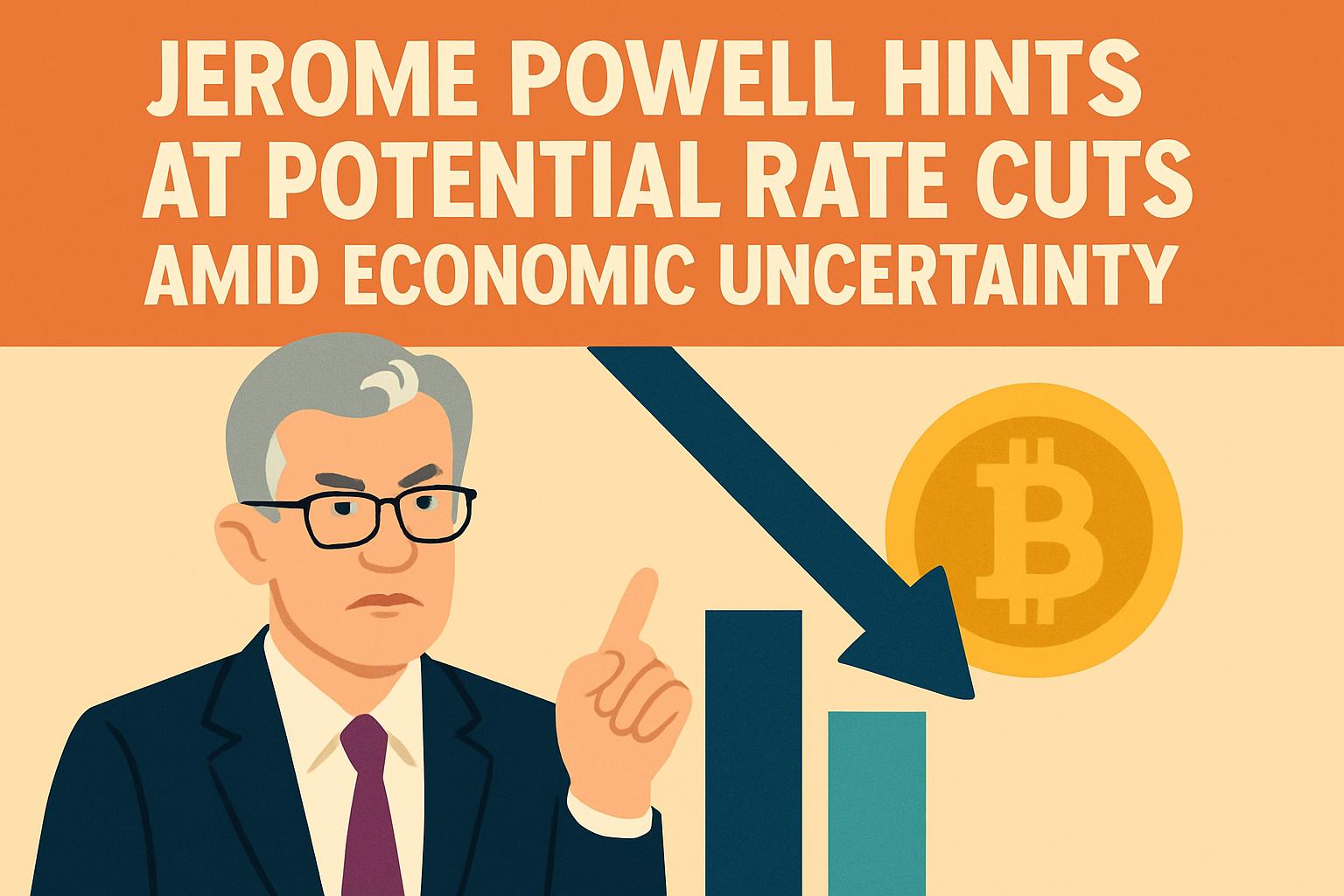Under the watchful eyes of global financial markets, Jerome Powell, the Chair of the Federal Reserve, delivered a much-anticipated speech at the annual central bank meeting in Jackson Hole, Wyoming. Although he noted the resilience of the U.S. economy, Powell acknowledged the rising uncertainties, suggesting a potential shift in interest rate policy. This revelation has spurred speculation about possible rate cuts in the coming months.
The Dawn of a New Policy Direction
Powell remarked that the current policy rates are in a restrictive zone, and the Fed would act cautiously until clear economic and inflation shifts emerge. However, he added that if the economic outlook and risk balance change, policy adjustments might be necessary. This has led many to believe that an interest rate cut could be on the horizon, especially with the next Federal Open Market Committee (FOMC) meeting looming in mid-September.
Market’s Positive Reaction
Following Powell’s remarks, the stock market showed an enthusiastic response. The Dow Jones Industrial Average soared over 600 points, and the yield on the two-year U.S. Treasury notes dropped by eight basis points to around 3.71%. This indicates investor optimism that the Fed might adopt a more accommodative monetary policy, benefiting risk assets.
Economic Risks and Rising Uncertainty
Powell highlighted how recent shifts in U.S. tax, trade, and immigration policies have altered the Fed’s risk assessment. He pointed out that while the labor market remains robust and unemployment is low, economic downside pressures are mounting. Concerns persist about tariffs potentially rekindling inflation, posing a stagflation risk.
Defending Fed’s Independence
Amidst pressure from the White House to lower rates, Powell reiterated that the Fed’s policy decisions are strictly data-driven. He assured that FOMC members would make independent decisions based on economic outlooks and risks. This stance serves as a response to past criticisms from the Trump administration regarding the Fed’s rate hikes.
Tariff and Inflation Dynamics
Discussing the tariff-inflation link, Powell admitted that assessing its full impact remains challenging, as supply chain and distribution effects will take time to materialize. While tariffs may cause temporary price hikes, he doubted they justify maintaining high rates.
Reflecting on Past Policy Frameworks
Powell addressed the ongoing review of the Fed’s policy framework, reflecting on lessons learned from past inflation misjudgments, especially when inflation surged to a 40-year high post-pandemic. Originally deemed transitory, the inflation surprised policymakers, highlighting the challenges in forecasting economic conditions.
Commitment to a 2% Inflation Target
Despite suggestions to adjust the inflation target, Powell remains committed to the 2% mark, believing it stabilizes long-term market inflation expectations, key to maintaining economic stability.
A Cautious Path Forward
Powell’s speech stopped short of announcing immediate rate cuts but hinted at greater policy flexibility, setting the stage for future monetary adjustments. With the next FOMC meeting approaching, all eyes will be on forthcoming economic data as the markets brace for a potential turning point in interest rates.

![[News] Bitcoin at a Turning Point? 10x Research Signals a Bullish Macro Shift Ahead](https://cryptoexplores.com/wp-content/uploads/2025/06/new20250616.jpg)
![[News] Binance Lists $HOME, the Gas-Free, Bridge-Free All-in-One DeFi App](https://cryptoexplores.com/wp-content/uploads/2025/06/news20250617.jpg)